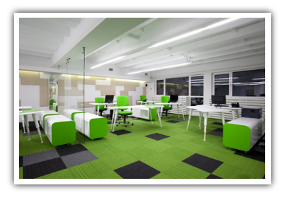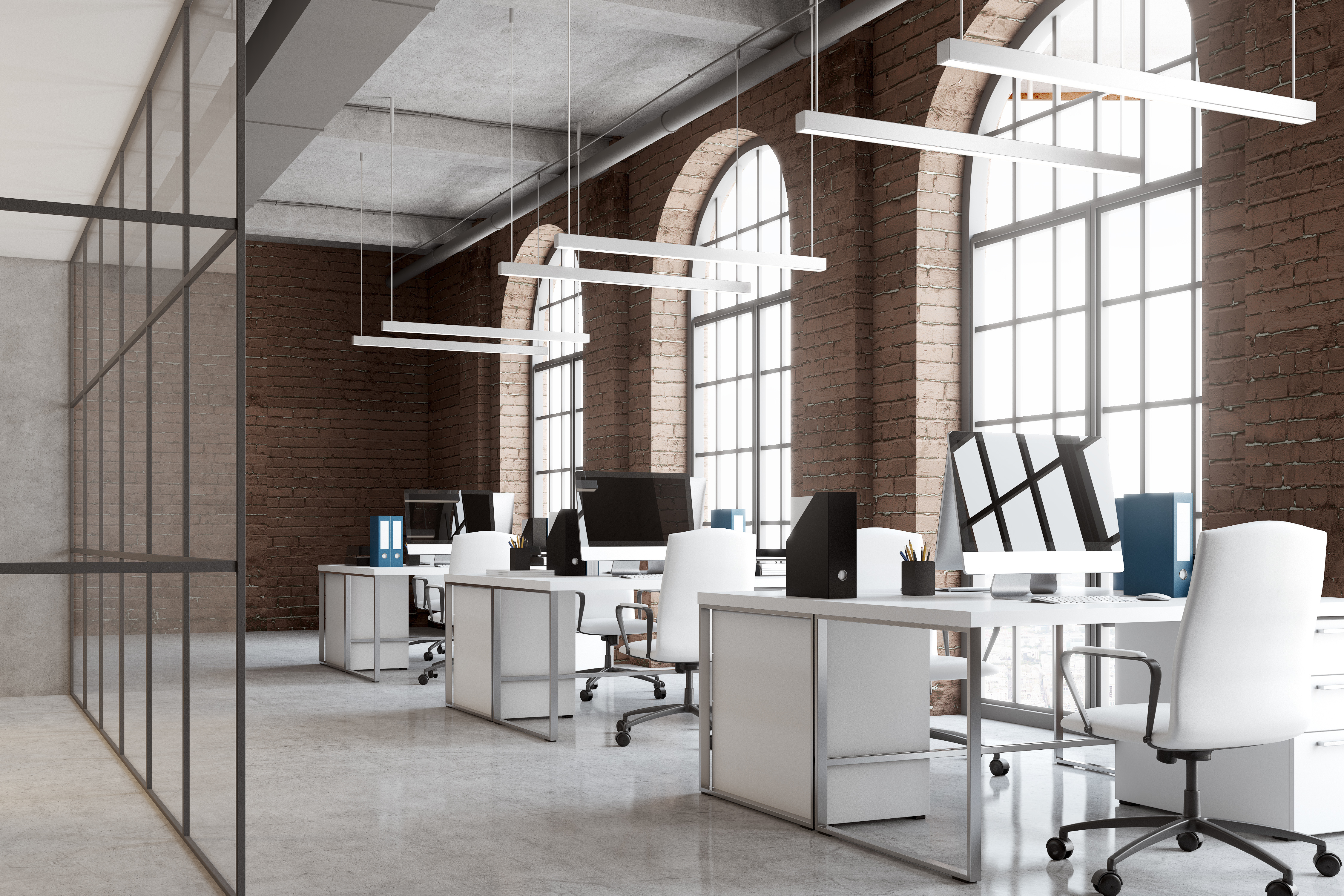In past posts, we’ve discussed how technology and mobile work practices affect the physical office space. Technology enables employees to become untethered from their respective desks and, as a result, spend less time in the office. When employees are mobile and do not need an assigned space, smaller shared temporary-use open workspaces may often be substituted for traditional hard-walled private workspaces. This results in a reduction in the overall area required for an office. However, this change is just the tip of the iceberg of rapidly evolving open office design.
The technology that has given birth to mobile work practices continues to evolve and is most recently encouraging greater flexibility in the design of open office workspaces.
In the not-too-distant past, most architects designed office space for their public and private sector clients to fit their client’s work programs like a finely tailored suit. One private hard-walled office for each management level employee, one systems furniture workstation for each supporting staff member, etc. - The Traditional Office.
 In recent years, this practice has given way to open office environments emphasizing shared, temporary-use workspaces, including “touchdown stations,” “get away booths,” and “huddle rooms” - The Mobile Office.
In recent years, this practice has given way to open office environments emphasizing shared, temporary-use workspaces, including “touchdown stations,” “get away booths,” and “huddle rooms” - The Mobile Office.
Still, in both the traditional and mobile office environments, the architectural framework has been designed to accommodate that particular work practice's specific furniture and equipment. No longer.
Enter The Flexible Office
Some architects have begun to design office space that is a virtual blank canvas. No more hard walls. No more fixed electrical, telecom, and data outlets. The mobile work practices that have become increasingly prevalent in today’s offices have logically encouraged the development of flexible-use furniture and equipment that supports and enhances this trend toward mobility, including lounge-style seating and adjustable, moveable work surfaces.
In the following series, I will review some of the specific components of the mobile office environment and the evolving components of the flexible office environment. Where will it go from flexibility? As Buzz Lightyear famously exclaimed in Toy Story: “To infinity and beyond!” Check out the “beyond” of flexible offices with the MIT Media Lab CityOffice > YouTube video.









.jpg)


.jpg)
-1.jpg)
.jpg)
.jpg)
.jpg)
.jpg)
.jpg)
.jpg)

